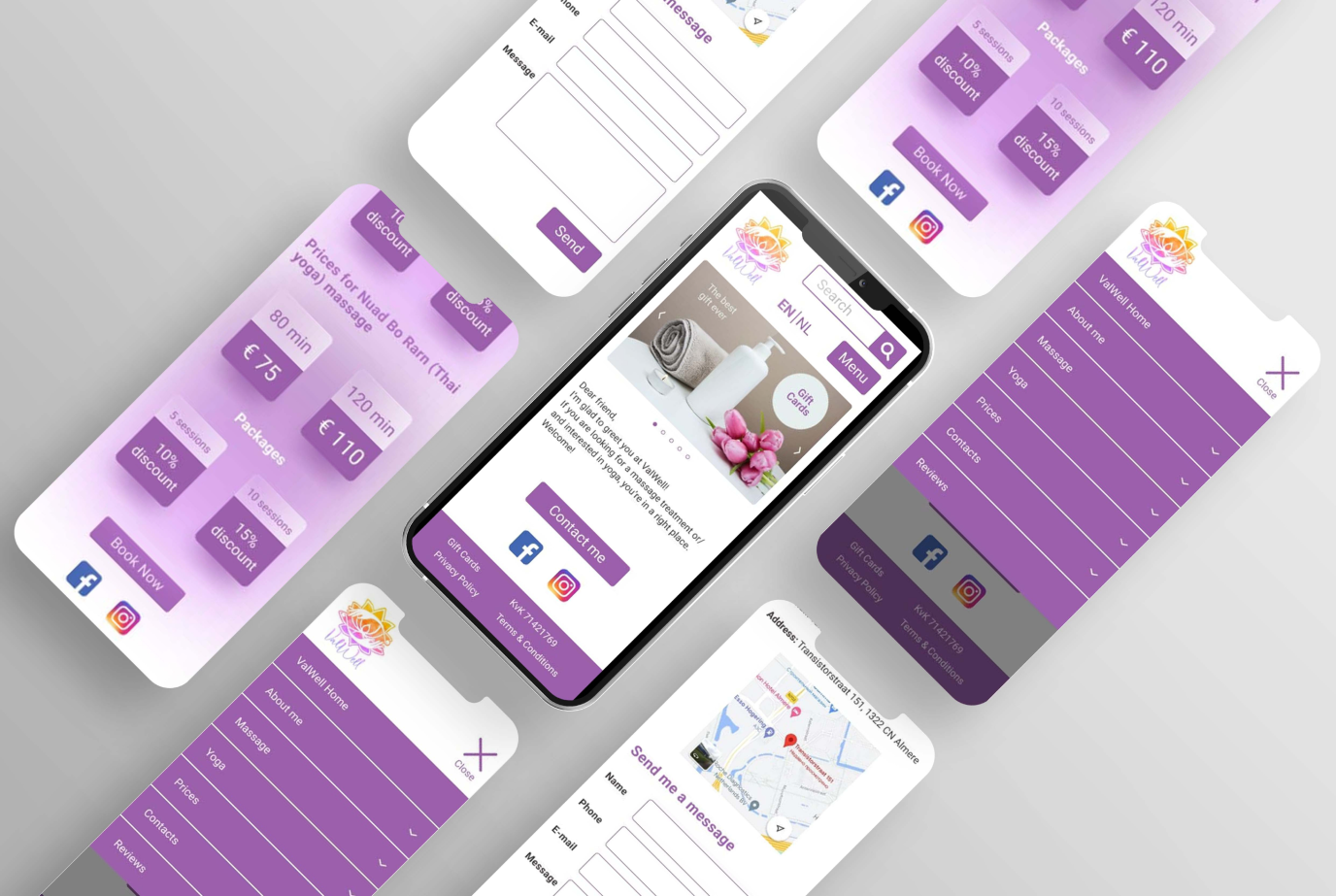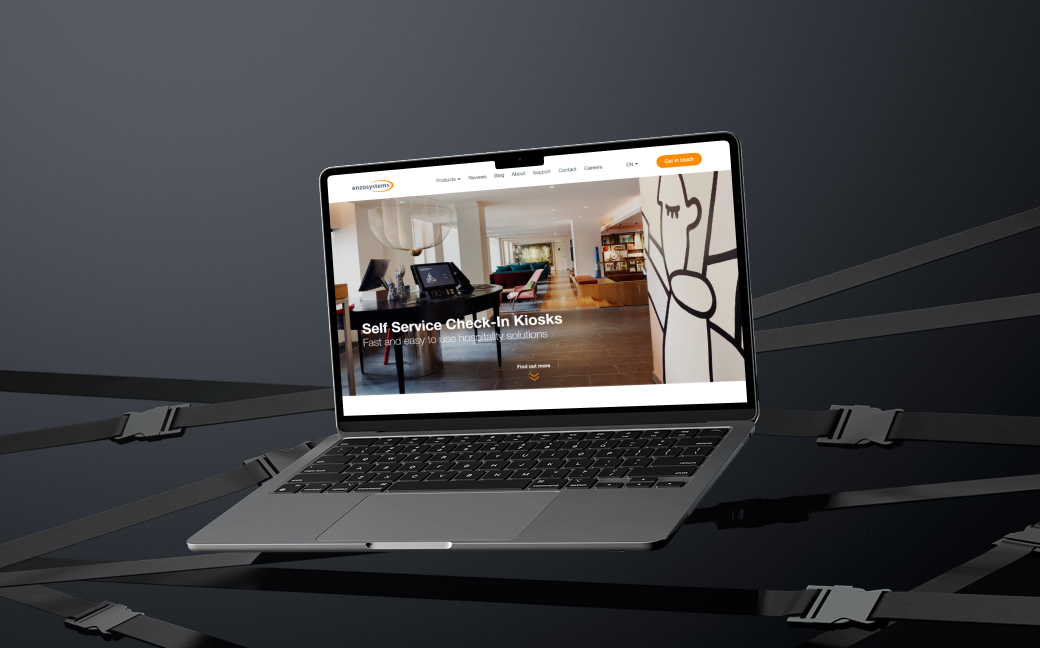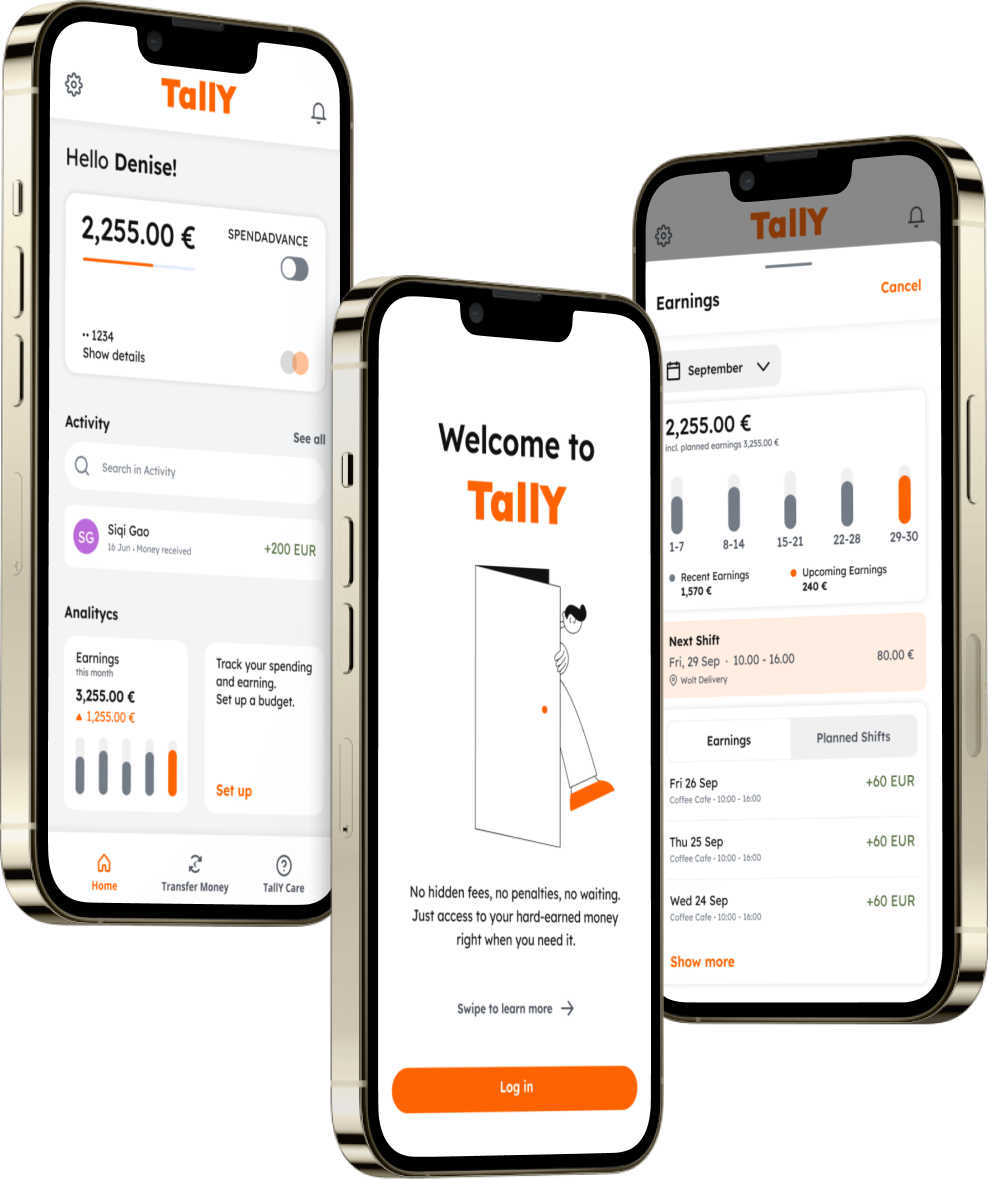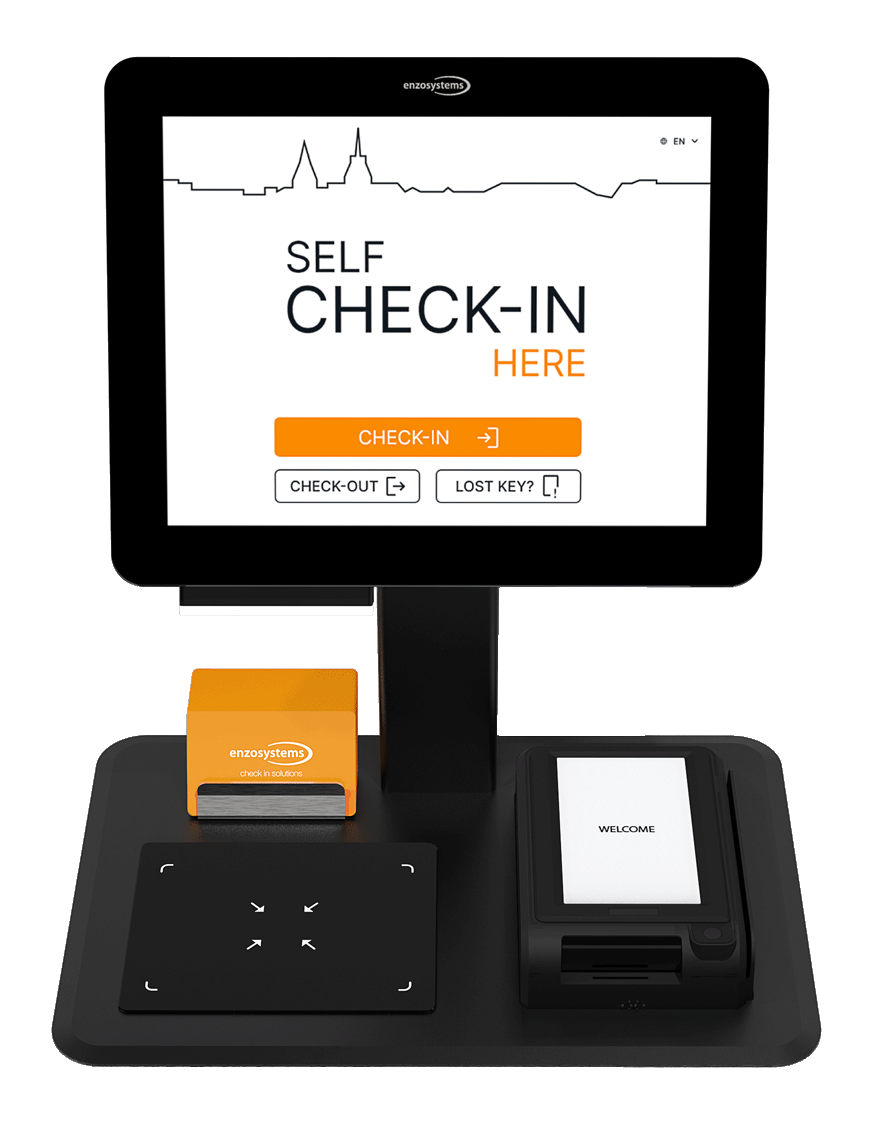I enjoy creating intuitive solutions to help users with their everyday problems and businesses with their challenges. I handle the entire design process - from understanding and empathizing with users to creating high-fidelity prototypes. Along the way, I use my skills in typography, color, space, and other design concepts to make everything look amazing.
Yoga and massage therapy website

I redesigned and created a brand-new responsive website for a yoga teacher and massage therapist reflected top-tier usability and aesthetics. I applied design thinking steps and incorporated inclusive design principles.
The original design of the ValWell website was increasingly outdated, with usability issues that could deter potential clients. My goal was to create a seamless, visually appealing experience that would not only meet but exceed modern expectations for usability and aesthetics.
The redesign aimed to attract new clients, increase the conversion rate, and enhance accessibility through inclusive design.
Hospitality IT products website, WordPress

I redesigned and built a responsive WordPress website for Enzosystems, a company that creates self check-in kiosks and software for hotels. I applied the full design thinking process and integrated inclusive design principles to deliver a modern, accessible, and user-friendly digital presence that clearly communicates their products and technology.
Enzosystems needed a clearer, more modern online presence that effectively showcases their self check-in kiosks and software solutions. Their previous website no longer reflected the quality of their technology or supported their growing product range. A redesign was essential to improve usability, strengthen brand credibility, and provide potential clients with a streamlined way to understand and explore their offerings.
Fintech App

I was a Product designer for this project. To create MVP 1 I used the design thinking methodology to deliver the entire UX process: empathize, define, ideate, prototype, and test.
This is a fintech start-up project. A client wanted to make an easy to use but functional app beyond its competitors. The main goal of this step was to get MVP 1 to introduce it to investors.
By introducing the app’s idea and a beta version, stakeholders could get investors for this product. Also, some companies were interested in this app and would like to integrate it into their payment systems.
Hotel Kiosk Management System

I was a part of the design team responsible for redesigning the logging functionality of a hotel self-check-in/out Kiosk Management System. I used a design thinking approach for this project.
The logging system was designed and implemented many years ago. However, it was difficult for non-technical users to operate it. The goal was to minimize support calls by enabling easy log checks and providing clear instructions how to deal with a problem.
We got positive feedback from hotel staff because of the improved usability. Support calls related to logging decreased by approximately 30%. Additionally, the new design was made so that it can accommodate future updates and integrations seamlessly.
Self-Check-In Hotel Kiosk

As the Product Designer, I led the research to validate the Multi-Room Check-in feature. I defined research goals, planned and ran studies, analyzed user feedback, and identified key opportunities—ensuring the feature met real user needs while supporting business goals.
From the beginning, it was unclear whether the feature was worth building, so we needed a clear plan to minimize effort while maximizing results. The goal was to validate the idea before investing significant resources and to guide the team toward a solution that balanced user needs with business impact.
At first, we thought the multi-room check-in feature would be simple, but we found it was complex, required major effort, and its business value was uncertain. After validation, we confirmed both guests and hotels need it. Our plan is to start with the group that needs it most—family travelers—by first implementing features like split payment that also benefit other guests. This approach was approved by stakeholders and the product owner.